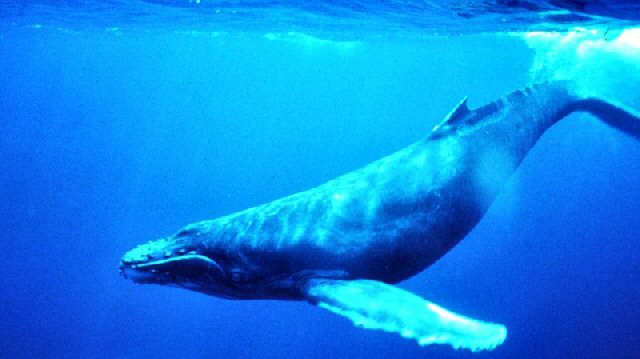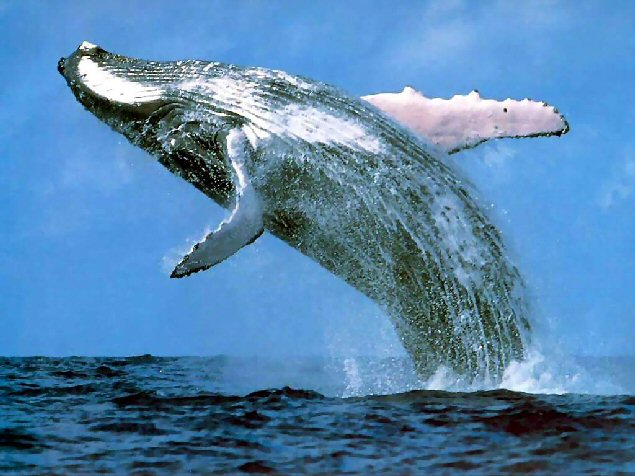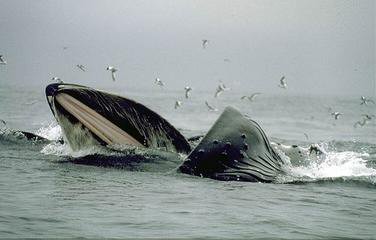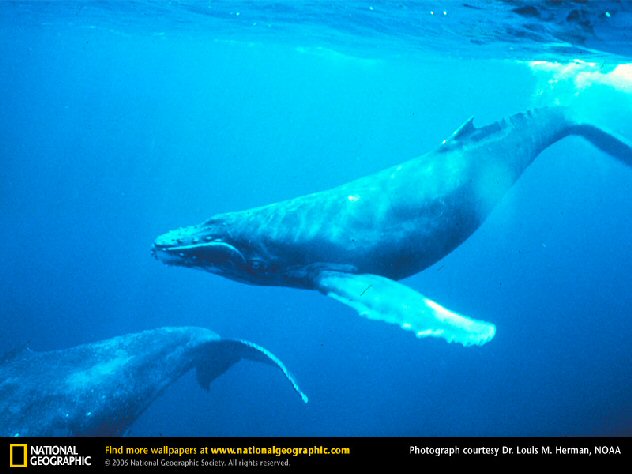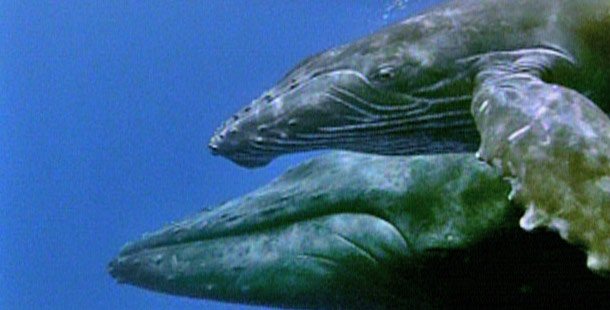Panama Whale Watching Is in Season

It is whale watching season in Panama’s Pacific waters. Humpback whales from the Southern Hemisphere “winter” in Panama waters from July to November. These giants migrate to tropical waters to mate and calf. Humpback whales can be seen as close to Panama City as the waters around Taboga Island although you can also see them close to Contadora Island in the Pearl Archipelago and off the Azuero Peninsula near Pedasi also.
Humpback whales are so named because the “hump” when then they bend their back when breaching and diving. Males grow to 35 feet long and females reach 40 feet. The humpback is a baleen whale like the blue whale. It strains krill and small fish from the water. An adult humpback will consume between a ton and a ton and a half of food a day.
To eat, the humpback just opens its mouths and takes in water. Then it expels the water through a series of 270-400 fringed overlapping plates hanging from each side of the upper jaw where other mammals have teeth. These plates have a fingernail-like material, keratin, which tapers to fine hairs where food is caught adjacent to the tongue and then swallowed.
Humpbacks breed and calf near shore. Thus they were easy targets for whalers. As their numbers dwindled the International Whaling Commission gave them a protected status although illegal Soviet hunting continued until the late 1970’s. Today the world humpback whale population is between 30,000 and 35,000 which is a third of what it probably was before large scale commercial whaling.
For more information on megaptera novaeangliae, the humpback whale, visit the American Cetacean Society’s Fact Sheet on Humpback Whales, http://www.acsonline.org/factpack/humpback.htm.

